Carbon, Nitrogen, and Phosphorous Cycle
1/29
There's no tags or description
Looks like no tags are added yet.
Name | Mastery | Learn | Test | Matching | Spaced |
|---|
No study sessions yet.
30 Terms
Carbon Cycle
The organic circulation of carbon between living (biotic) and nonliving (abiotic) parts of an ecosystem.
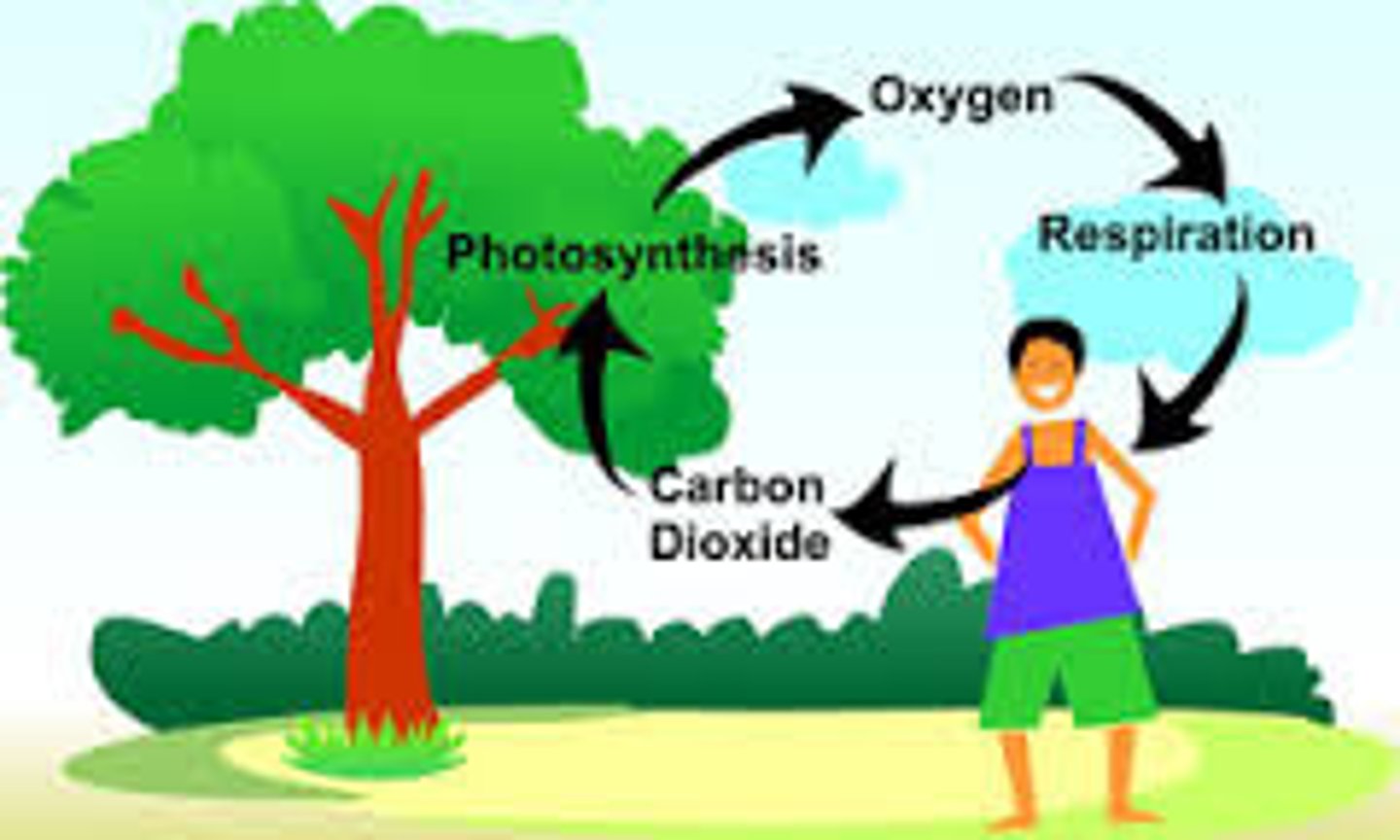
Photosynthesis
Plants use the sun's energy to change water and carbon dioxide into sugars (glucose) and Oxygen.
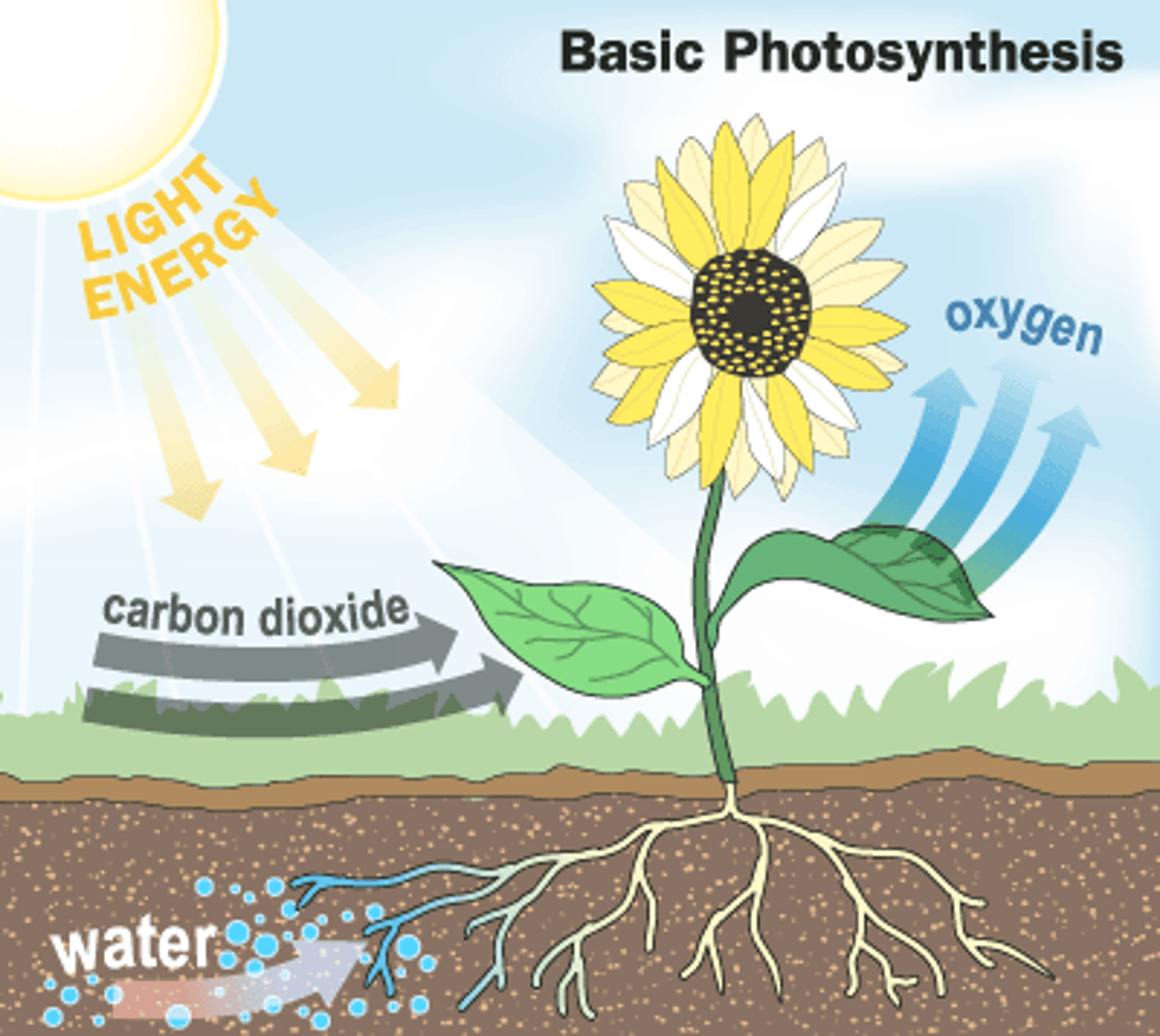
Respiration
A process when living organisms take in sugars (glucose) and oxygen and change them into ATP energy, carbon dioxide CO2, and Water.

Fossil Fuels
Coal, oil, natural gas, and other fuels that are ancient remains of plants and animals.
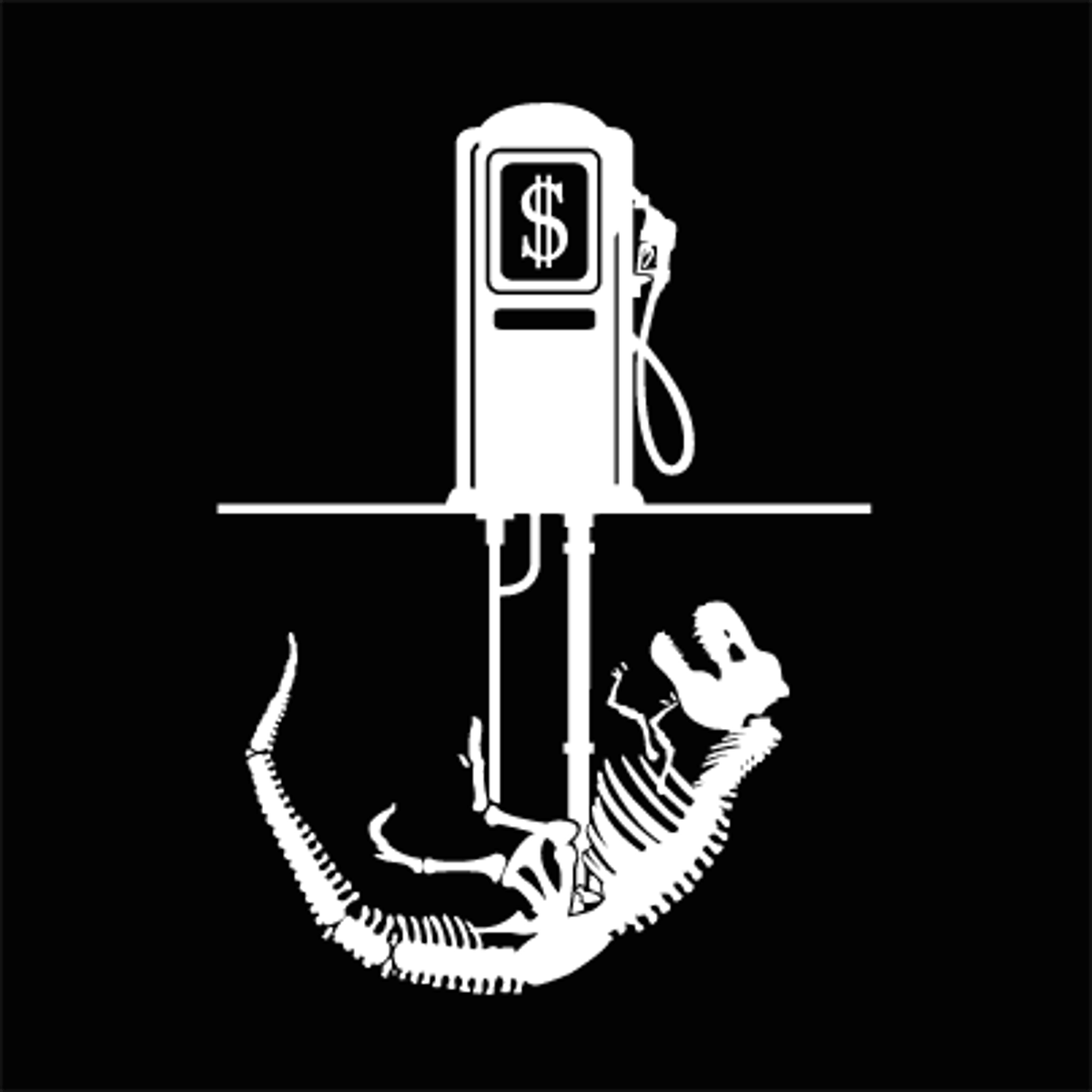
Carbon is transferred to the organism that is consuming the other.
What happens to carbon when one organism eats another organism. (Ex: Cow eats plants)

Decomposition
The breakdown of dead matter and wastes into simple compounds that can be directed back into the natural cycle of living things.
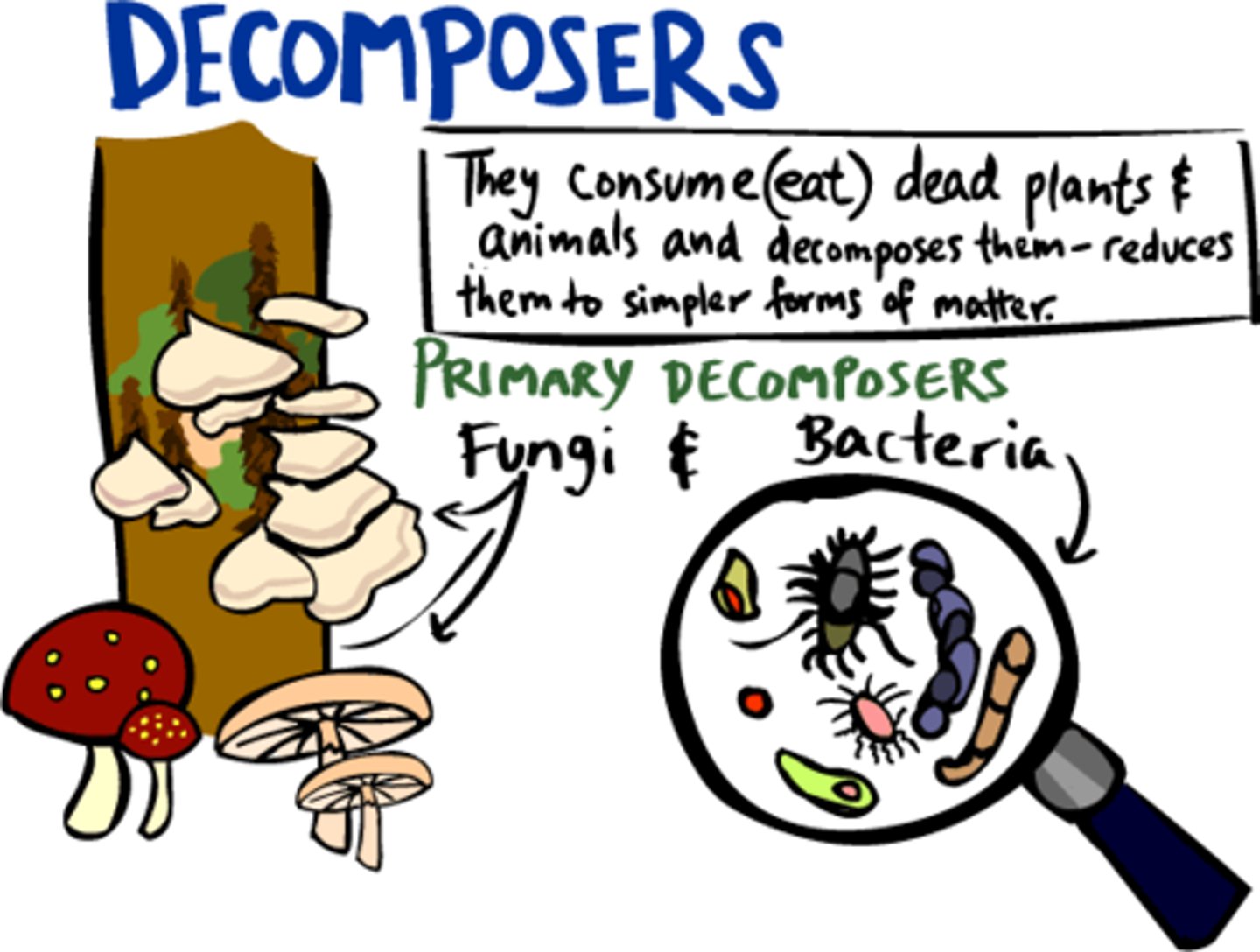
Decomposers
Bacteria, fungi and detritivores - things that break down dead and decaying matter.
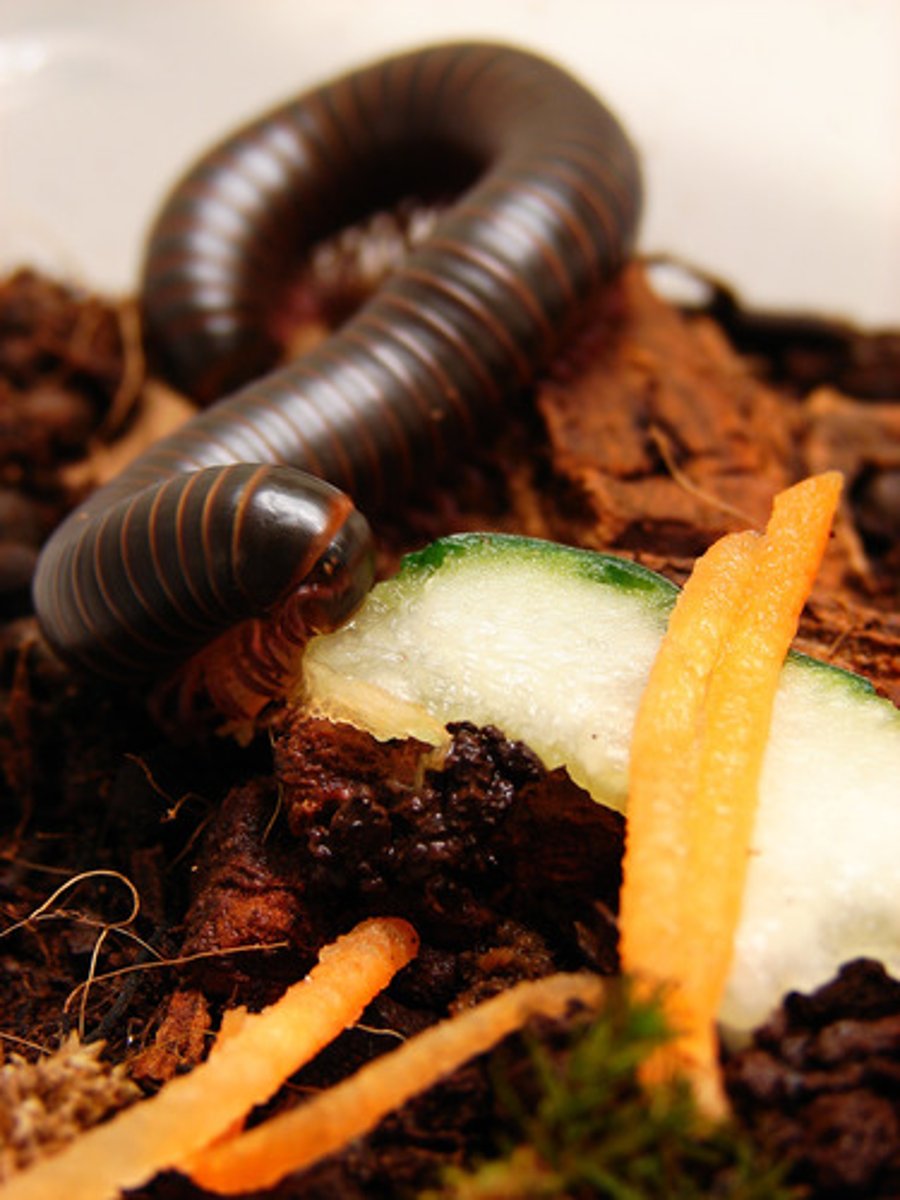
Carbon Dioxide
A gas that is expelled from the body by the respiratory system. (CO2)
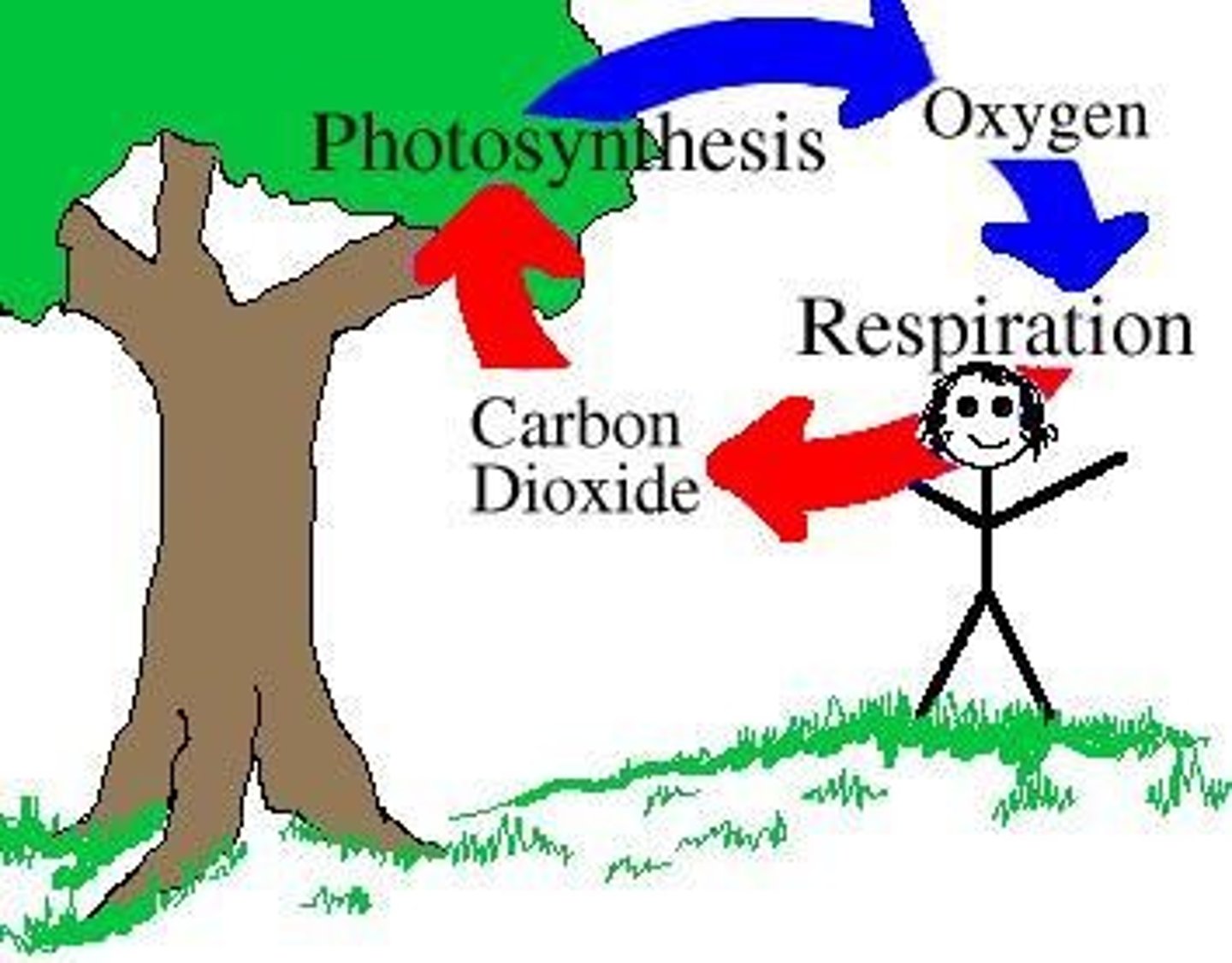
When does the carbon cycle occur? Where does the carbon cycle occur?
It is occurring everywhere in everything all at the same time
What is a carbon sink? What are examples of carbon sinks?
Carbon sinks are places that absorb more carbon than they release. Examples include plants and the ocean.
Nitrogen Cycle
The transfer of nitrogen from the atmosphere to the soil, to living organisms, and back to the atmosphere
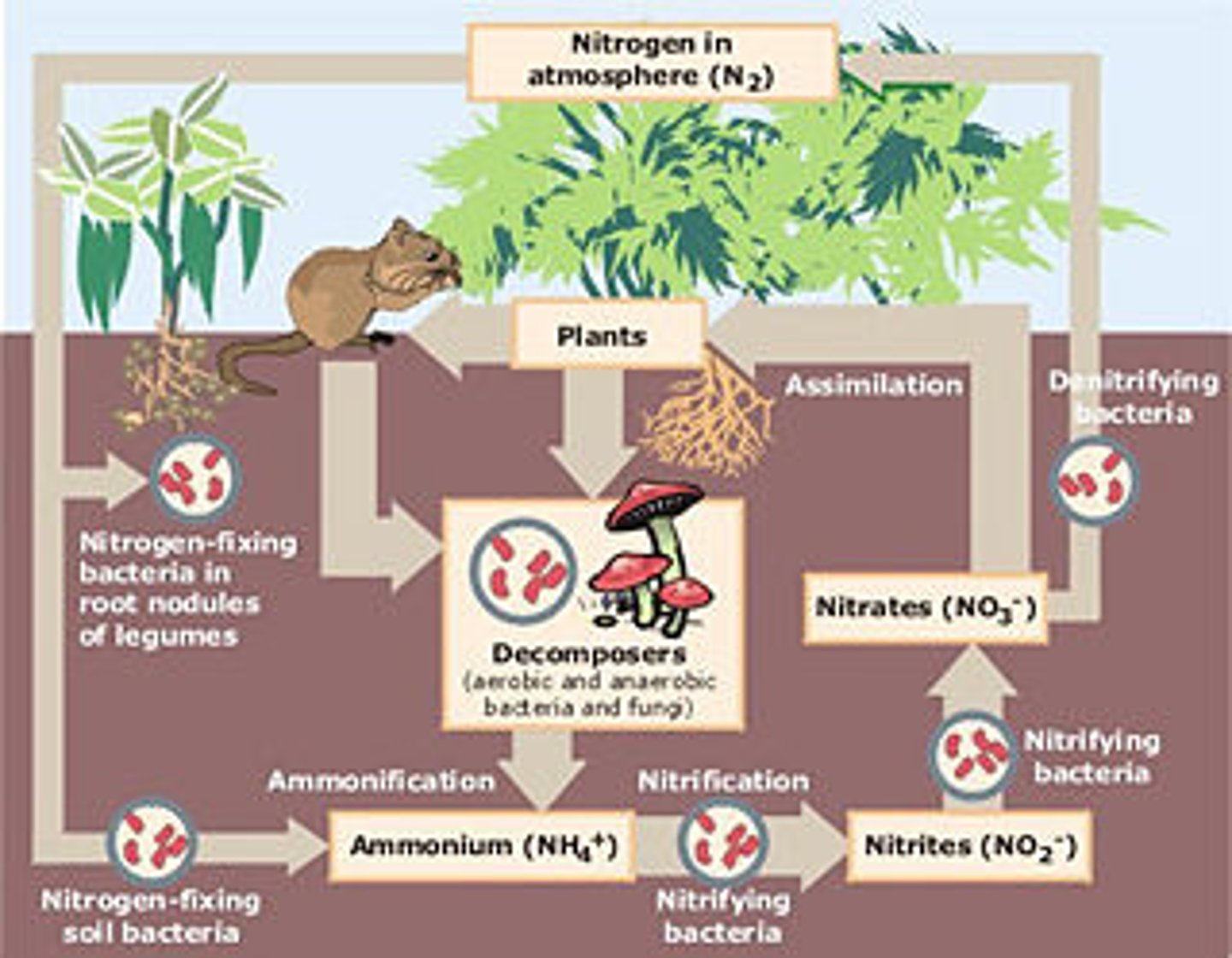
Eutrophication
excessive richness of nutrients in a lake or other body of water, frequently due to runoff from the land, which causes a dense growth of plant life and death of animal life from lack of oxygen.
Runoff
Water that moves across the land surface and into streams and rivers
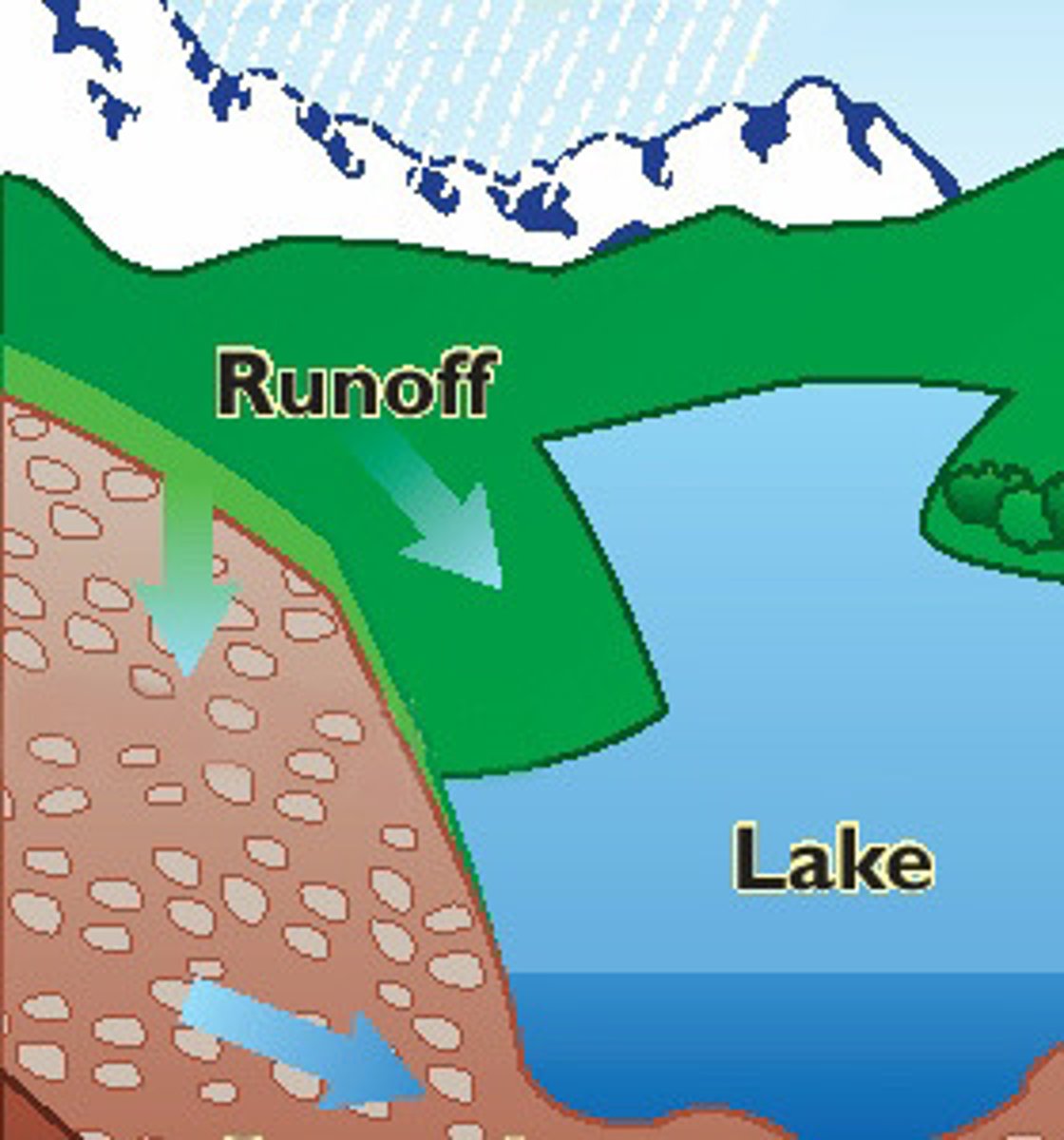
Nitrogen fixing, Denitrification Bacteria
Take Nitrogen out of atmosphere or return Nitrogen to the atmosphere
What are the 4 main processes of the nitrogen cycle?
Fixation, Ammonification, Nitrification, and Denitrification
How much of the Earth is nitrogen?
78% of earths atmosphere is nitrogen which is a majority
Why is nitrogen important?
the availability can affect the rate of key ecosystem processes(primary production and decomposition)
Weathering
The breaking down of rocks and other materials on the Earth's surface.
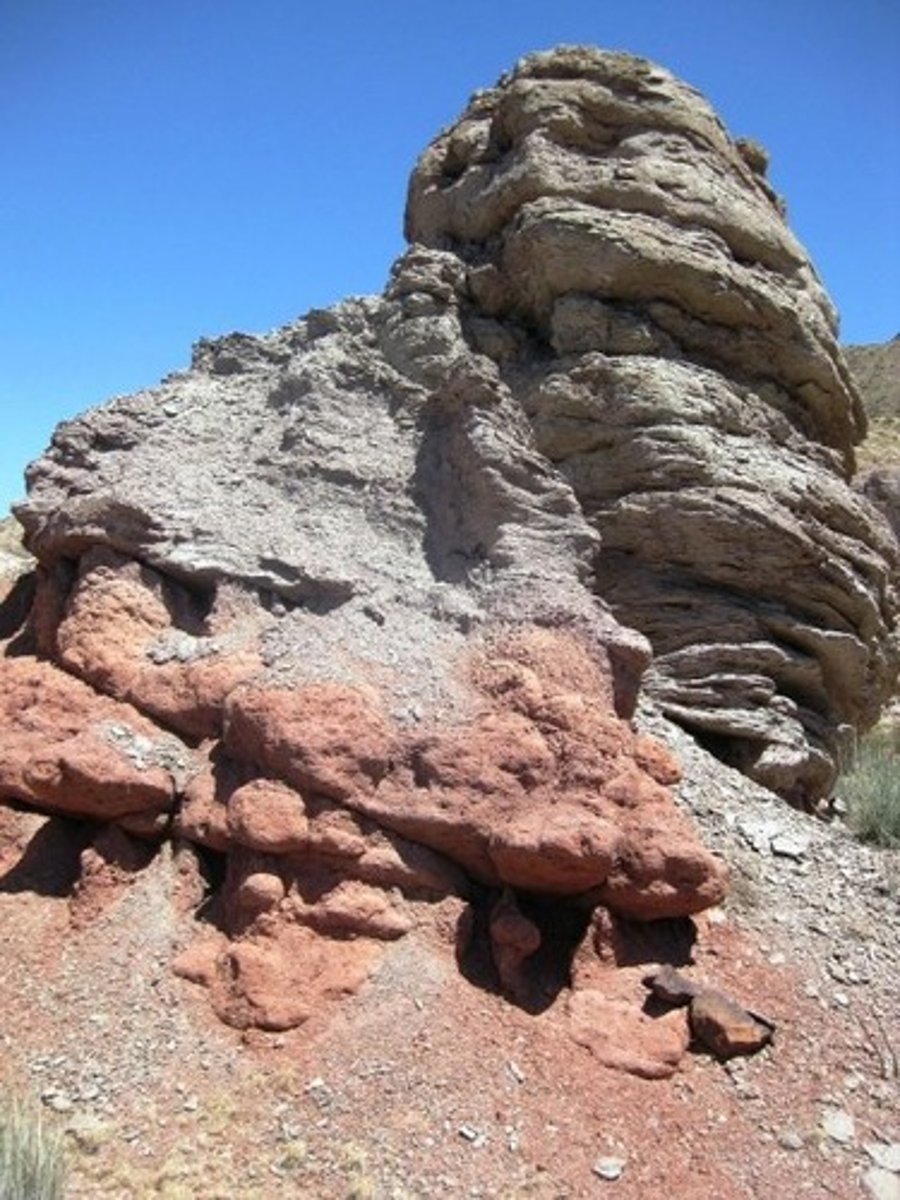
Uplifting
Rock layers that have been pushed up (from earthquakes, volcanoes)
phosphorous cycle
the cyclic movement of phosphorus in different chemical forms from the environment to organisms and then back to the environment
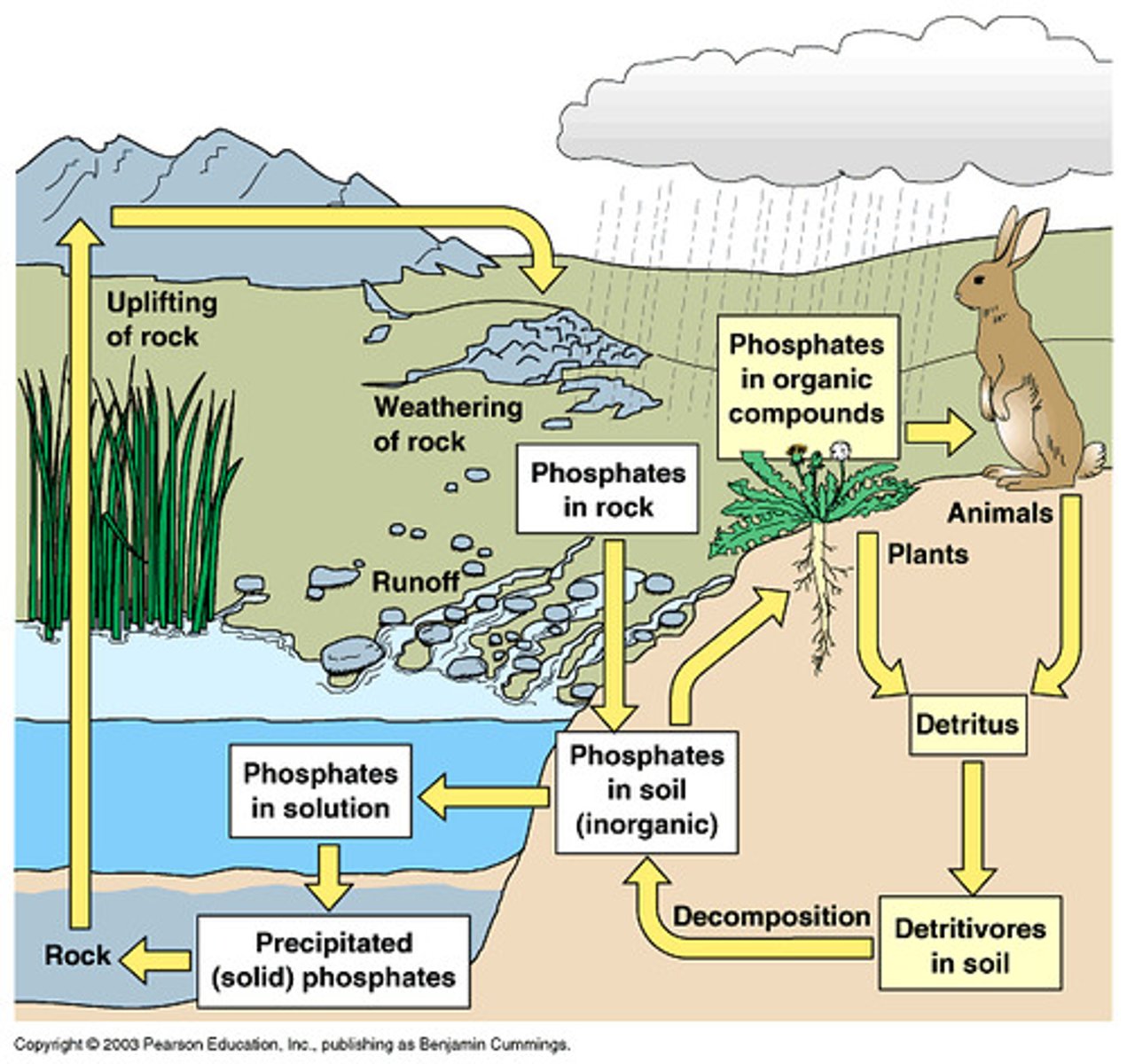
How is the phosphorus cycle different from other biogeochemical cycles? Explain.
The phosphorus cycle is different from other biogeochemical cycles because atmosphere is not important in the transfer or movement of phosphorus. Also, phosphorous compounds on Earth are normally solids of varying temperatures and pressures.
How do humans contribute to these excessive levels of phosphorus?
Humans contribute to the excessive levels of phosphorous by their use of fertilizers and raising hogs. The waste of fertilizers and hogs in phosphorus are high. It can make excessive levels of phosphorus once the waste is in the soil and in the water by surface runoff.
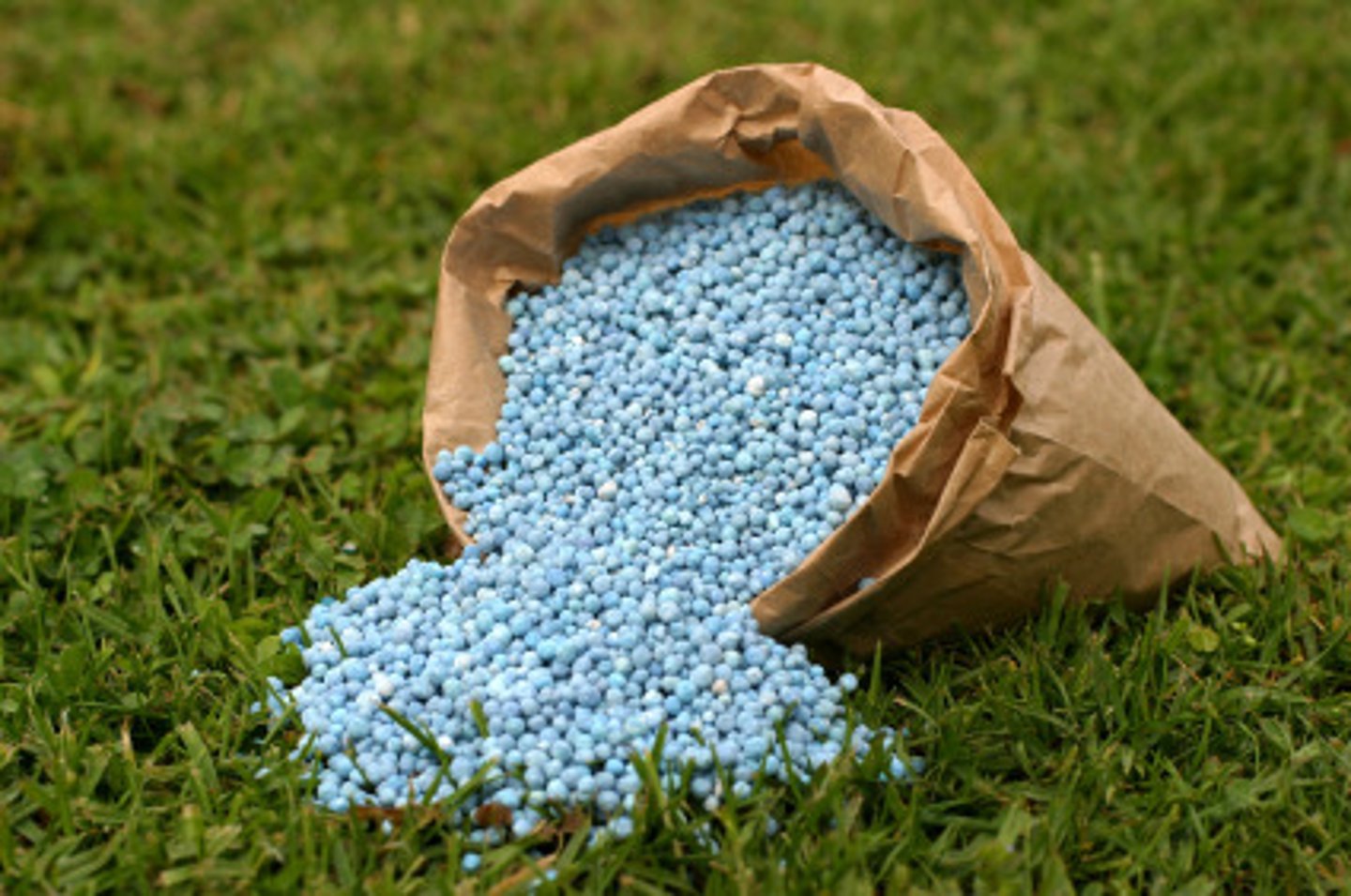
Phosphorus is mainly stored in the __________ __________.
Stored in soil and rock in the form of phosphate
Explain why phosphates are a critical part of life.
Phosphates are a critical part of life because holds DNA and RNA together.
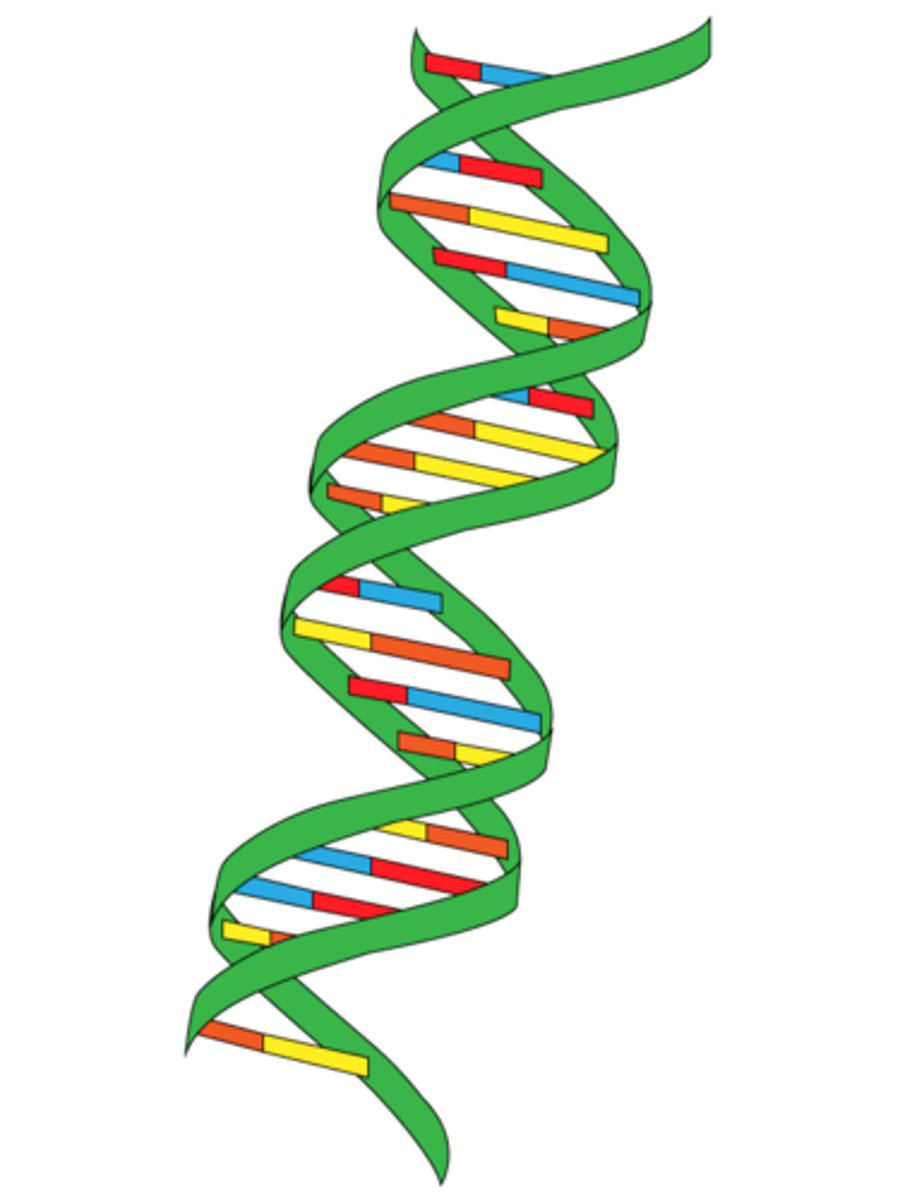
How do animals get phosphorus? nitrogen? And carbon?
by eating plants and animals
Condensation
the conversion of a vapor or gas to a liquid.
Evaporation
The change of a substance from a liquid to a gas
Transpiration
Evaporation of water from the leaves of a plant
Aquifer
A body of rock or sediment that stores groundwater and allows the flow of groundwater.
10% rule
Only 10% of the total energy produced at each trophic level is available to the next level. The amount of energy passed up to the levels of the food pyramid reduces as you go up.